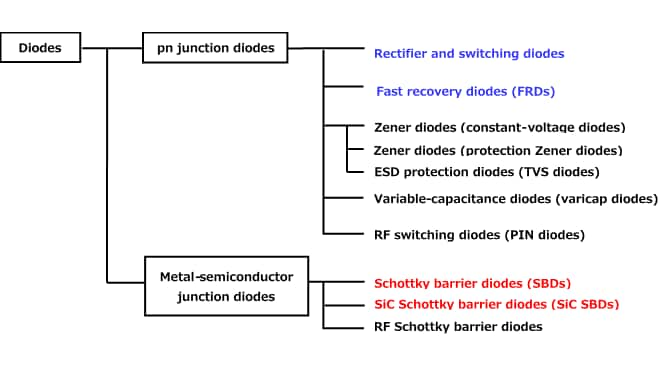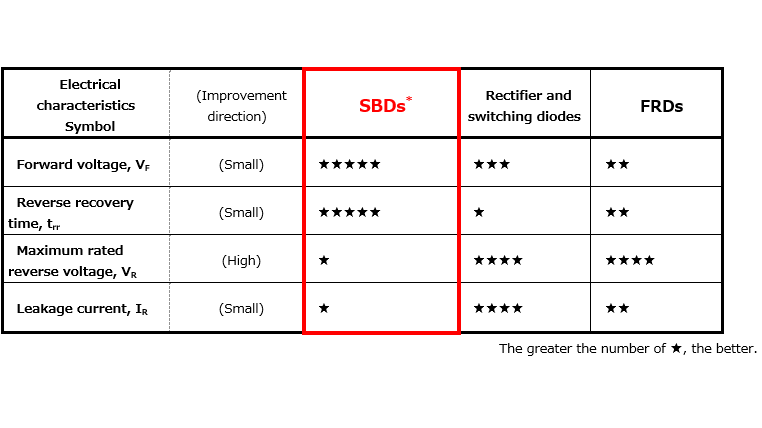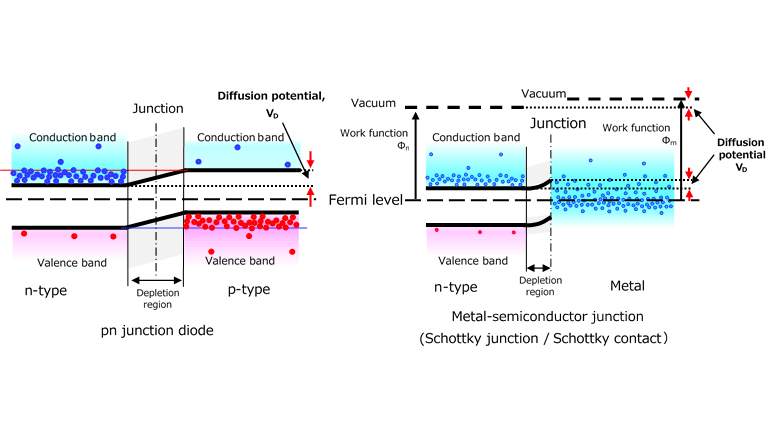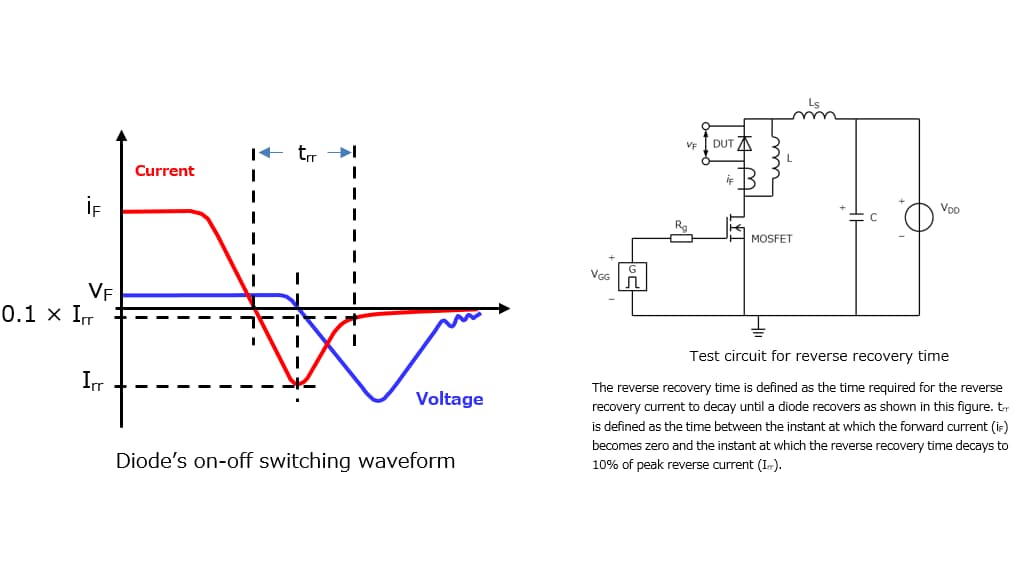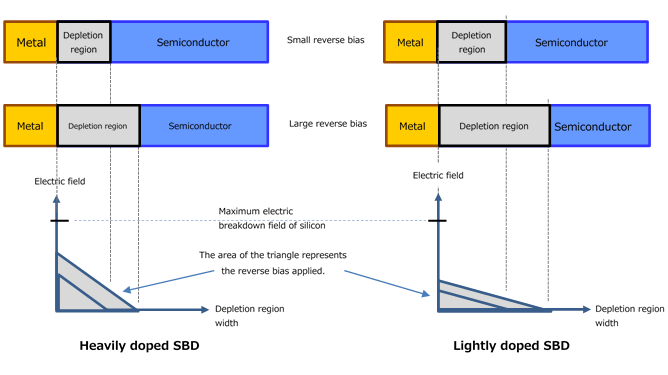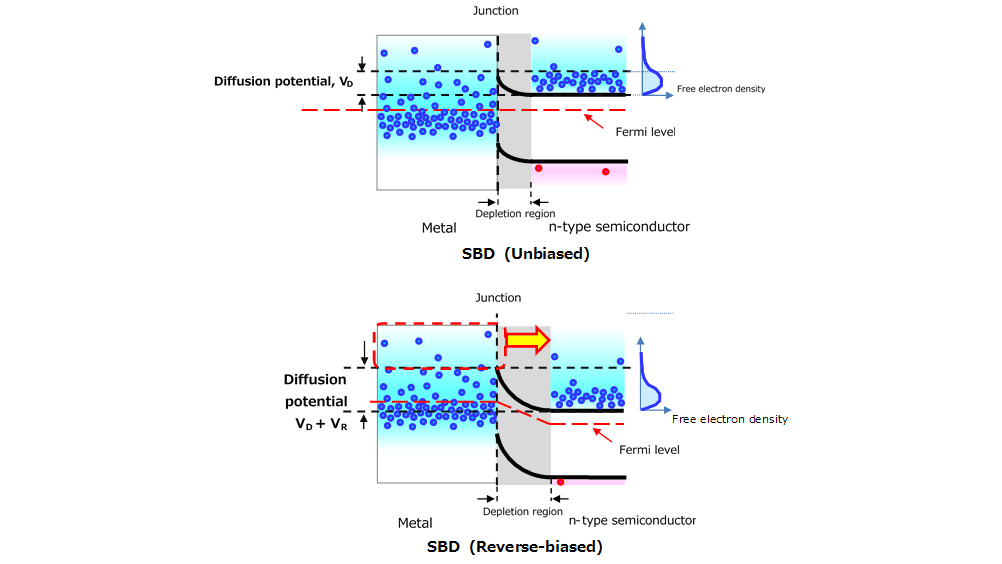- General Top
- SEMICONDUCTOR
- STORAGE
- COMPANY
-
My ToshibaSemicon
- Semiconductor Top
-
ApplicationsAutomotive
Body Electronics
xEV
In-Vehicle Infotainment
Advanced Driver-Assistance Systems (ADAS)
Chassis
IndustrialInfrastructure
BEMS/HEMS
Factory Automation
Commercial Equipment
Consumer/PersonalIoT Equipment
Healthcare
Wearable Device
Mobile
Computer Peripherals
-
ProductsAutomotive Devices
Discrete Semiconductor
Diodes
Transistors
Logic ICs
Analog Devices
Digital Devices
Wireless Devices
※
: Products list (parametric search)
Power SemiconductorsSiC Power Devices
※
: Products list (parametric search)
Isolators/Solid State RelaysPhotocouplers
Digital Isolators
Solid State Relays
Fiber Optic Transmitting Modules
※
: Products list (parametric search)
MOSFETsIGBTs/IEGTsBipolar Transistors※
: Products list (parametric search)
Diodes※
: Products list (parametric search)
MicrocontrollersMotor Driver ICsIntelligent Power ICs※
: Products list (parametric search)
Power Management ICsLinear ICs※
: Products list (parametric search)
General Purpose Logic ICsLinear Image SensorsOther Product ICsOther Product ICs
※
: Products list (parametric search)
-
Design & Development
Design & Development
Innovation Centre
At the Toshiba Innovation Centre we constantly strive to inspire you with our technologies and solutions. Discover how to place us at the heart of your innovations.
-
Knowledge
Knowledge
Highlighted Topics
Further Materials
Other
- Where To Buy
- Part Number & Keyword Search
- Cross Reference Search
- Parametric Search
- Stock Check & Purchase
This webpage doesn't work with Internet Explorer. Please use the latest version of Google Chrome, Microsoft Edge, Mozilla Firefox or Safari.
require 3 characters or more. Search for multiple part numbers fromhere.
The information presented in this cross reference is based on TOSHIBA's selection criteria and should be treated as a suggestion only. Please carefully review the latest versions of all relevant information on the TOSHIBA products, including without limitation data sheets and validate all operating parameters of the TOSHIBA products to ensure that the suggested TOSHIBA products are truly compatible with your design and application.Please note that this cross reference is based on TOSHIBA's estimate of compatibility with other manufacturers' products, based on other manufacturers' published data, at the time the data was collected.TOSHIBA is not responsible for any incorrect or incomplete information. Information is subject to change at any time without notice.
require 3 characters or more.
3-3. Applications of SBDs
SBDs are used for applications requiring low forward voltage (VF) and short reverse recovery time (trr).
Rectification on the secondary side of a power supply circuit
SBDs are used for rectification on the secondary side of various step-down voltage converters such as flyback, forward, push-pull, half-bridge, and full-bridge converters. SBDs pass electrical power while they are conducting. Therefore, when an SBD is on, a power loss occurs because of a voltage drop equal to its forward voltage (VF). An SBD also suffers a large switching loss during a reverse recovery time (trr), i.e., during a transition from the on-state to the off-state. SBDs with low VF and low trr are ideally suited for converter applications where the voltage applied to an SBD on the secondary side is lower than its maximum rated reverse voltage (VR).

Our website provides videos describing the operations of these converters:
- [e-Learning] DC-DC Converter - Basics of Switching Power Supplies (6)
- [e-Learning] Resonant Half Bridge Converter - Basics of Switching Power Supplies (7)
Reverse-connection protection
A diode is inserted in series with a power line when there is a possibility that the user of a mobile device might place a charger or a battery in the wrong direction. When a diode is connected in the right direction, a voltage drop that occurs across the diode causes a power loss. A low-VF SBD is the ideal choice when the voltage across a reverse-connected SBD is lower than its VR.
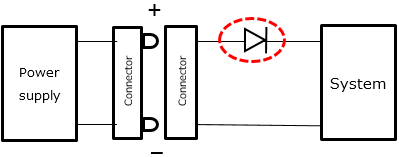
IC protection
Some ICs have a maximum input voltage rating of GND-0.3 V to VDD + 0.3 V. A low-VF SBD is the ideal choice when its input voltage might exceed the maximum rated voltage because of ringing.
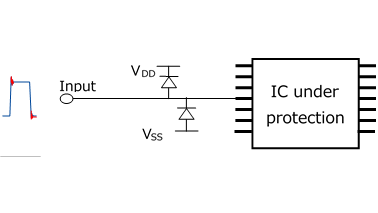
SBDs are also used in various devices to support the recent trend toward low operating voltage and low power consumption. For example, SBDs are used to compose low-voltage (e.g., 1.5-V) diode logic and undervoltage detection circuits (voltage monitoring circuits).
Chapter3 Basics of Schottky Barrier Diodes
Related information
- Products
Schottky Barrier Diodes - Application Notes
Application Notes - FAQs
Diodes - Parametric Search
Schottky Barrier Diodes - Stock Check & Purchase
Stock Check & Purchase


